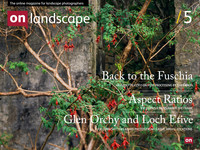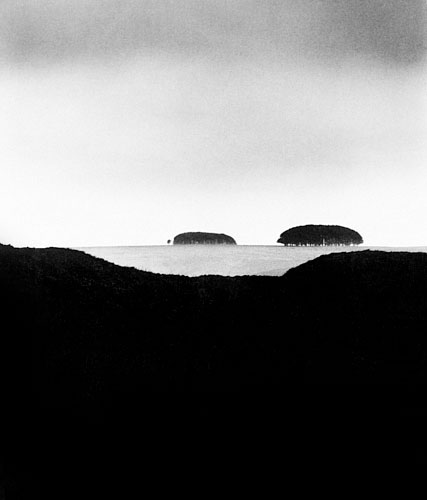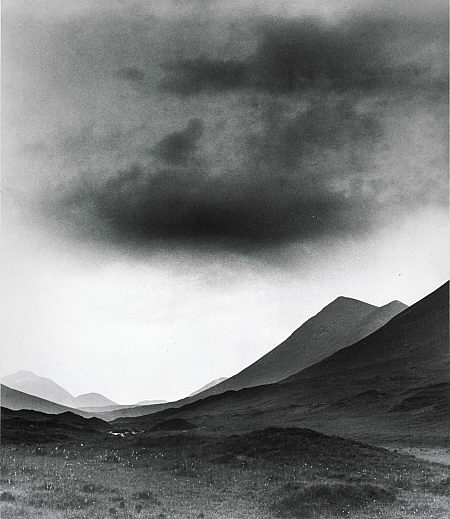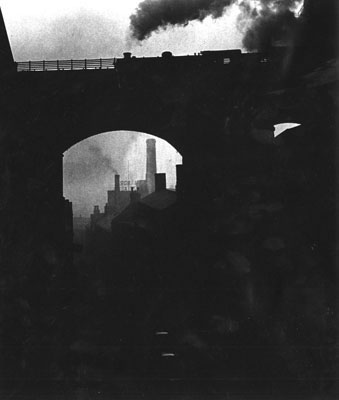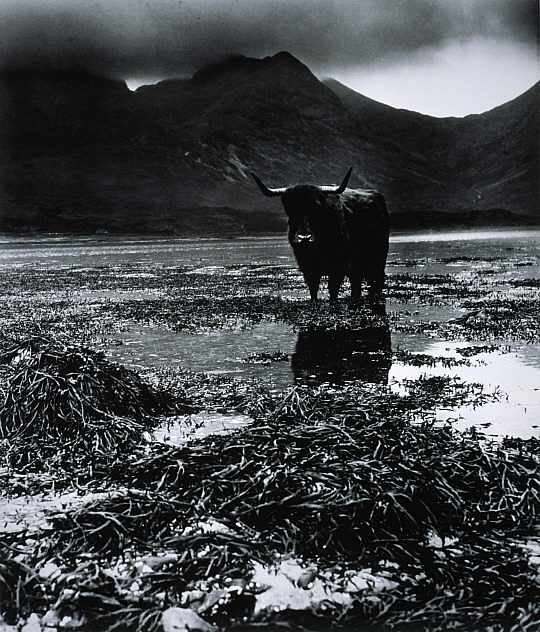Master Photographer

Tim Parkin
Amateur Photographer who plays with big cameras and film when in between digital photographs.
Bill Brandt is a photographer that is probably well known to a generation of photographers who worked in the sixties and seventies (and maybe the eighties) but unless you are the investigative sort, you may have only heard the name in passing and not realised that he had a passion for landscape photography (he is famous mostly for his portraits and reportage style work).
I only came to know of his landscape work whilst on a workshop in Cornwall with David Ward and Joe Cornish. Joe had a book by Bill that contained some wonderful, creative black and white landscape work printed in a very bold style that seemed to stand out from it's time (especially in British photography). I immediately had a look around on the internet and found a couple of small books for less than a fiver each and although I could not find the original book that Joe had showed me, these were enough to lead me on a bit of research. I hope the following article helps you to discover more about one of our greatest landscape photographers.
Bill Brandt was born in Hamburg, Germany growing up in World War I with a British father and a German mother. This must have been a disturbing time for him and he later disowned his German heritage by claiming South London birth.
He was endlessly bullied in his youth at boarding schools in Germany, suffered from a strict father who himself was in a 'camp' in Germany for six months, ensconced in a sanitorium under 'Iron Key' treatment for tuberculosis and finally living with a charlatan Freudian psycho analyst. This exposure to extreme environments must have influenced his photography greatly, especially the time spent in Switzerland whilst being treated for tuberculosis when he first started to use a camera. The high contrast environment where his colleagues were dying on a daily basis but living in a town renowned for it's carefree, aphrodisiac nature set him up well for his first 'apprenticeship' to Man Ray, a position gained after taking a famous portrait of Ezra Pound. Although he was never 'trained' with Man Ray - the exposure to the artistic environment was to have an immense influence on his future work.
He finally came to Britain in 1931 where he became a staff photographer for the home office and where he documented the suffering of the Londoners during the bombing raids. Some of his most famous work was his documentary photography of the coal mining communities of Northern England, a stark representation of a hard place; a work produced at his own expense. He returned to the North regularly and worked on a book 'Literary Britain' which was to produce a large part of his Landscape oeuvre. He also combined the landscape with nude photography, using wide angle lenses to create virtual landscapes out of female curves and abstracting the whole through a very heavy printing style. His photography owed as much to Hitchcock and Orson Welles and the Expressionist cinema he would have seen in his youth to the experiences in Man Rays studio. The heavily emotional, almost abstract work standing out from much of the mainstream photographic work at the time.
I personally love his landscape work for its rawness and lack of contemporary reference. The pictures are almost brutal but stop just short of being too difficult to appreciate. I'm only just starting my journey into Bill's repertoire and am looking forward to finding more in the future - perhaps another article when I make a pitstop at some point. As a last comment on Bill, it was his exhibition entitled "Twentieth-century landscape photographs selected by Bill Brandt" that inspired Michael Kenna to become a landscape photographer and for that, we should be extremely grateful to him.
You can see more landscape pictures from Bill Brandt at the Bill Brandt Archive landscape section or at the Luminous Lint website.

